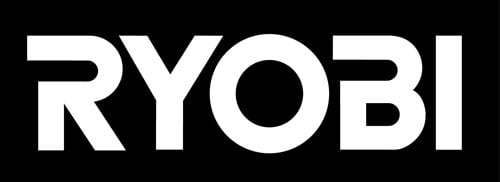












In agricultural work or garden care, the presence of weeds, brambles and shrubs can hinder any activity. When vegetation becomes too dense, lighter tools are no longer sufficient. The problem concerns not only cutting efficiency but also the duration of operations and the operator’s effort. The most suitable solution in these cases is to choose a brush cutter equipped with a 32 mm shaft, a configuration designed to handle prolonged sessions and intensive work in difficult environments.
The 32 mm shaft is a relevant technical parameter. Its larger diameter makes the brush cutter more durable and suitable for professional internal transmissions, improving structural fatigue resistance during continuous use. It is a component mainly used in professional and industrial models, ensuring greater mechanical solidity. Compared to 24 mm shafts, typical of hobby models, or 28 mm shafts, used in semi-professional models, the 32 mm shaft marks the transition to a higher construction standard.
These brush cutters are particularly suitable for expert users, green maintenance workers, farmers and forestry professionals who need a durable, efficient and mechanically stable tool. The models selected by AgriEuro are designed to cut very tall grass, brambles and shrubs with maximum precision, even in demanding environmental conditions. Additionally, thanks to their construction, they can be used for long periods, reducing downtime and increasing operational efficiency.
On AgriEuro it is possible to compare and select brush cutters based on specific technical parameters, allowing you to identify the most suitable model for each type of use. The site structure allows filtering products by type of power supply, handle, intended use and machine weight. This selection method facilitates informed purchasing even for non-expert users, enabling performance evaluation based on operational needs. Brush cutters with a 32 mm shaft, in particular, represent a product range designed for more demanding clearing work, due to the greater resistance and reliability of the structure.
Below are the main technical features that distinguish these models:
The brush cutter with a 32 mm shaft is designed for intensive use and demanding operating conditions. The increased shaft diameter allows for a stronger internal transmission, making the machine more suitable for withstanding high and frequent workloads. This makes it ideal for removing dense vegetation, tall grass and brambles, even on uneven or large terrain. Furthermore, the high structural stability ensures cutting precision and continuous use, without frequent breaks for cooling or maintenance.
These tools are ideal in various practical contexts, including:
Brush cutters with a 32 mm shaft mainly fall into the professional and industrial categories. Some models may also suit semi-professional use, but their structure and performance make them especially suitable for expert users and green maintenance professionals who need an efficient, solid and stable machine over time.
Brush cutters with a 32 mm shaft are a technical solution designed to withstand intense stress and deliver consistent performance even in demanding conditions. The larger shaft section, compared to hobby-grade standards, allows the integration of wider and more robust mechanical transmissions. This configuration increases tool reliability, making it suitable for work on dense and persistent vegetation.
The main advantages associated with these products include:
Buying a brush cutter with a 32 mm shaft on AgriEuro gives access to a wide, carefully selected and technically comprehensive range. Each model is described in detail with precise technical sheets and comparison tools to help choose the most suitable product for your needs. In addition to the selection, AgriEuro offers various after-sales services and purchasing support that make the platform a reference point for professionals and gardening enthusiasts.
The main benefits offered by AgriEuro include:
Choose your brush cutter with a 32 mm shaft from those available on AgriEuro and order directly from this page to receive it at home in just a few days.
Discover the AgriEuro 2025 Catalogue for ( Brush cutters - Strimmers Shaft Diameter 32 mm )
Constantly expanded and updated.
Last updated 07/12/2025